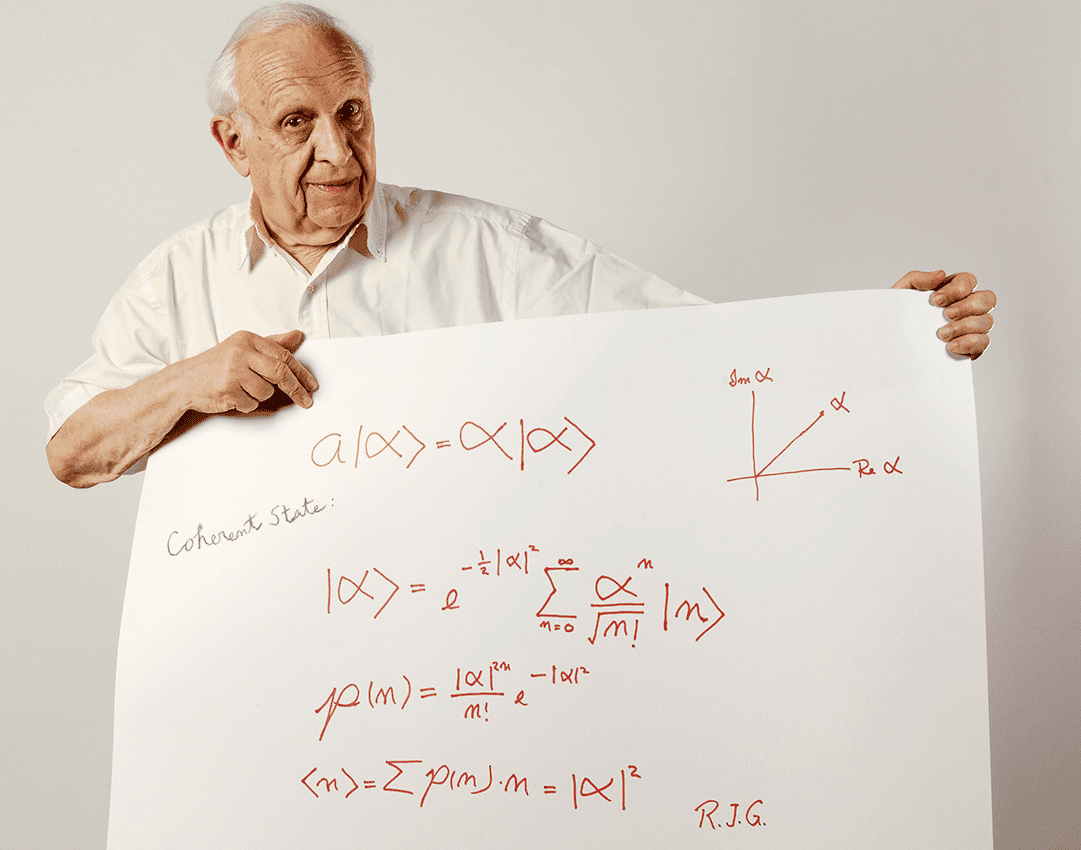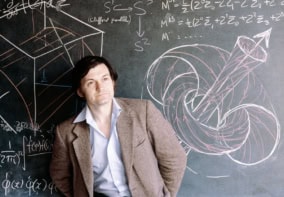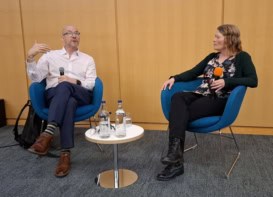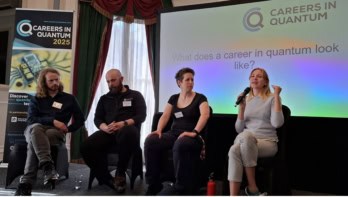
Roy Glauber, who shared the 2005 Nobel Prize for Physics, has died aged 93. A pioneer in the field of quantum optics, his work helped lay the groundwork for new technologies such as quantum cryptography. Glauber also worked on the Manhattan Project, joining the US effort to build nuclear weapons in 1943 when he was just 18 years old.
Glauber was born in New York City on 1 September 1925. He developed an interest in astronomy at age 12 and built his own telescope from scrap including the steering shaft of a car. He attended the Bronx High School for Science – a renowned institution that has produced seven physics Nobel laureates – where he was encouraged to study mathematics. His rapid advancement allowed him to enter Harvard University at just 16.
In October 1943, Glauber was asked to join the Manhattan Project at Los Alamos but did not know what he would be doing there. “I hadn’t guessed that Los Alamos was working to build a bomb,” he told Physics World in 2010, “and I was quite taken aback to learn that when I arrived”.
Witness to Trinity
He was a member of the Los Alamos theory group led by Hans Bethe and worked on problems related to neutron diffusion. On 16 July 1945, Glauber witnessed the first-ever detonation of a nuclear weapon at the Trinity Site in New Mexico. He was not with the small group of physicists who watched the explosion from a distance of 30 km, but saw the flash and some of the afterglow from about 200 km away.
Glauber returned to Harvard in 1946 to complete his undergraduate degree in physics before doing a PhD on quantum field theory with Julian Schwinger. He then went to the Institute for Advanced Study in Princeton, New Jersey where he worked for several years with Robert Oppenheimer and collaborated with Wolfgang Pauli. Glauber then had a brief stint at Caltech, where he stood in for Richard Feynman who was on sabbatical in Brazil. In 1952 Glauber returned to Harvard, where he remained for most of his of his professional career.
Quantum correlations
The development of the laser in the late 1950s inspired Glauber to think about the quantum nature of light. In 1963 he published a seminal paper in Physical Review Letters that used quantum mechanics to describe the observed correlated arrival of photon pairs in an intensity interferometer – dubbed the Hanbury Brown and Twiss effect. Glauber’s work helped create a framework for understanding the wave-particle duality of light and the difference between light emitted by hot objects and light emitted by lasers.

Roy Glauber – from the Bronx to the Nobel
In 2005 he shared half of the Nobel Prize for Physics “for his contribution to the quantum theory of optical coherence”. The other half of the 2005 prize was shared equally by John Hall and Theodor Hänsch for their work on laser spectroscopy.
Glauber also had a long-standing affiliation with the Ig Nobel Prize ceremony, which is held annually at Harvard and celebrates humorous scientific research. Glauber was the ceremony’s “Keeper of the Broom”, who sweeps the stage clean of paper aeroplanes thrown by members of the audience.
- Glauber spoke to Physics World in 2010 about his remarkable career: “Roy Glauber – from the Bronx to the Nobel”.



